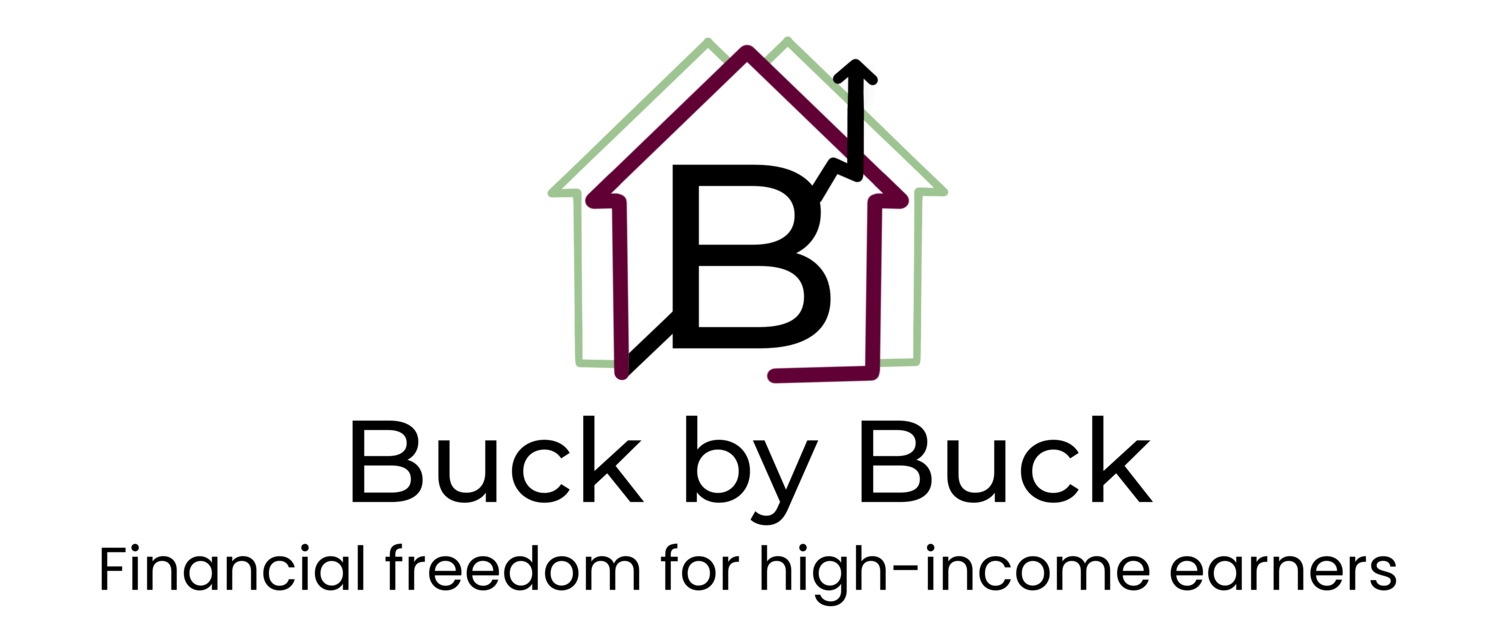Why I Decided to Invest in Out-of-State Real Estate
I live in San Jose, right in the heart of Silicon Valley, where median home prices exceed $1 million. Yes, $1 million. As a real estate investor, my primary focus is on cash flow. So if I were to buy a property in my local real estate market for a $1M price tag, I’d need to receive a hefty rent check from my tenant if I want to be at all profitable! Let’s dive into this conversation in more detail by using some rough numbers.
Here are some assumptions about this hypothetical $1M investment property:
Down payment: 25%
HOA: $250/month
Loan interest rate: 3.5% interest rate
Property taxes: Property taxes are a little higher than 1%, but I’ll round down for simplicity
Home insurance: $1200/year
Translating those assumptions into monthly expenses, we have:
Mortgage: $3,368
HOA: $250
Property taxes: $833
Home insurance: $100
Total expenses: $4,551
So my breakeven point on this place would be at $4,551. I haven’t even included the cost of vacancies, property management, and capital expenditures like having to replace an appliance! Adding those costs in, I’d need to collect at least $5K in rent per month, a price tag most people wouldn’t be willing to pay. Therefore, I’d be operating at a loss, which makes this a pretty easy decision for me. I’d rather put my money to work out-of-state, where properties are much cheaper and easier to yield positive cash flow.
That said, I do know plenty of people in the Bay Area who still decide to invest locally, despite the advantages of investing elsewhere. Why? Well, the usual story is that they bought their properties years ago with a much lower purchase price (think hundreds of thousands of dollars less), or they purchased them in recent years with a much higher down payment. Doing so would result in a drastically lower mortgage. The lower the mortgage payment, the higher the odds of being profitable. For example, if an investor purchased the $1M property I described above with all-cash, their monthly expenses would be:
Mortgage: $0
HOA: $250
Property taxes: $833
Home insurance: $100
Total expenses: $1,183
Clearly, profitability is much more achievable in this case. However, I’m personally not a fan of this investment strategy because I focus on cash flow and profitability. Think about the opportunity cost for a moment. This investor just sunk $1M in cash into a single investment and is only yielding, let’s say, $2K/month. That’s $24K/year on a $1M investment, which amounts to a mere 2.4% return on investment (ROI). I’d rather buy $4M worth of property out-of-state by leveraging my $1M in cash with loans, putting 25-30% down on each of them, and get a higher ROI between 8-10%. That would give me about $80K+ in cash flow per year instead of just $24K the all-cash scenario yields. Let’s put those numbers in a table to compare.
| Cumulative Cash Flow | $1M all-cash property | $1M leveraged in out-of-state properties |
|---|---|---|
| Year 1 | $24K | $80K |
| Year 2 | $48K | $160K |
| Year 3 | $72K | $240K |
| Year 4 | $96K | $300K |
| Year 5 | $120K | $360K |
As illustrated, by the end of Year 5, the out-of-state investment would be ahead of the all-cash scenario by $240K. That means, the investor banking on appreciation in Silicon Valley would need their property to appreciate by $240K for their investment to make sense. To me, I prefer the more reliable rental income than crossing my fingers, hoping for a property to appreciate.
Speaking of appreciation in real estate, this is probably the most common argument in favor of investing in Silicon Valley real estate. The goal is not about cash flow; it’s about appreciation. The real estate market has historically yielded hefty returns if you just look at how quickly and how much properties have appreciated. For example, the very first home I purchased was back in 2012 when the market was still recovering from the ‘08-‘09 housing market crash. Buying the condo at $390K was a no-brainer. I house-hacked it by renting out one of my bedrooms, which paid for more than half my monthly costs! My overall monthly costs were lower than when I was a renter. Just 3 years later, I sold the property for $650K. Because I put about 20% down into property, my ROI was over 300%! Fast forward to 2020, and the property is now worth around $850-900K. Talk about some juicy returns!
I don’t regret selling my first property, despite how much appreciation I missed out on. Instead, I put my tax-free profits from the sale to work by building a portfolio of out-of-state real estate yielding positive cash flow. Over time, I expect my portfolio to continue to grow and help me to achieve financial freedom.



